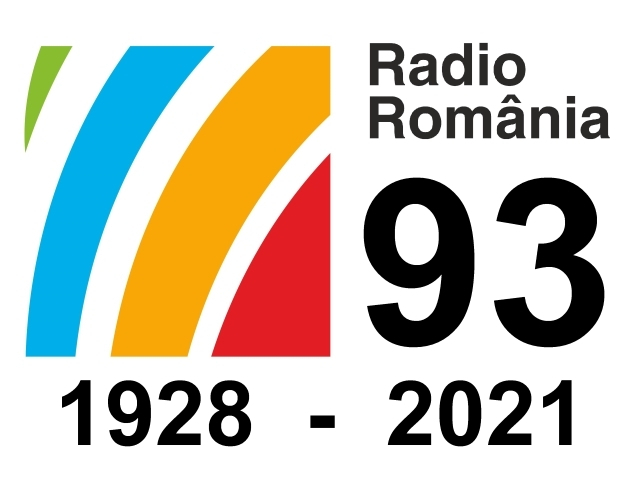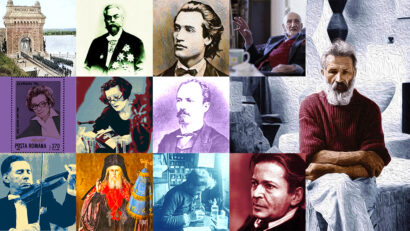Early Radio Broadcasting in Romania
Radio was one of the colossal inventions of the 19th century, revolutionizing exchange of information

Steliu Lambru, 06.11.2021, 13:09
Radio was one of the colossal inventions of the 19th century, revolutionizing exchange of information. It is so much faster in disseminating information than the written press or the telegraph, but, as it always happens, it was surpassed by subsequent inventions, such as television and the Internet. However, this late 19th century invention is by no means obsolete. Radio continues to prove itself to this day as a much needed technology.
Romania was looking into radio broadcasting in the early 20th century, and the first radio telegraph station opened in 1908 in Constanta, on the Black Sea. It belonged to the Romanian Maritime Services. However, 20 years were to pass until an official public radio service started broadcasting. The year 1928 is considered the beginning of uninterrupted broadcasts by the national station. We will try to reconstruct the history of radio broadcasting before 1928 with Professor Radu Grigorovici, who recorded in 2001 an interview with the Romanian public broadcaster Center for Oral History. During WWII he worked in the Press Censorship Office, which also covered radio stations. Grigorovici recalled the effort to put together radio broadcasting in Romania:
“They were attempting to build a station on the third story of the building where mathematician Horia Hulubei was teaching. There was a lecturer there teaching, I think he was with the institute of electrical engineering. Older colleagues told me how they worked, they had the broadcasting station on the third floor, and the reception station on the second floor, in the school of acoustic and optical studies. They would go out in the hallway, and, through a chain of four people they would ask: Is it working? Sometimes the answer was yes, other times it was no. This is how they worked back then.”
Memories from youth are the fondest in a lifetime. People, objects, situations, they become pleasant memories and laden with nostalgia throughout the years. For Radu Grigorovici, the encounter with radio broadcasting was due to meeting the people who were dedicated to the new technology.
“I can tell you that I saw my first radio set in Cernauti, around 1921 or 1922. I was a kid, and living in the hospital and maternity where my mother was the manager of the maternity and obstetrics wards. Professor Eugen Badarau, who was teaching physics in Cernauti, lived on a street in the outskirts of the city. He was from Bessarabia, and had studied in Austria and Italy, then worked in St. Petersburg, where he had fled the Russian Revolution. He came to Romania, and was appointed a teacher of experimental physics in Cernauti. There he built his first radio set, and, knowing my dad and being neighbors, one evening the called us over to listen to the radio.”
Radu Gregorovici was in Bukovina, a former Austro-Hungarian province, where his father, a member of Parliament, militated for the union with Romania. There he saw for the first time in his life the most fascinating means of keeping in touch with the world:
“It was a rectangular box, about 40 or 50 cm to a side, with many Miniwatt lamps. They were made by Philips under the Miniwatt brand name, which consumed less power. There were 5 or 6 lamps, as well as all sorts of condensers, transformers, and so on. Everything was visible from the outside. Controlling the amplification was done by two coils that could be brought closer, or brought further apart, bringing up the volume. If you went too loud, it would start feeding back with a whistle. Listening was by headphone only, which were on a rod, and could be listened to by five or six people. That was all the set could do, and we were listening to long wave stations within range. There was no Radio Bucharest yet, but there were stations in Moscow, Warsaw, Vienna, Paris, there was the German one near Berlin, and on good days we could even catch England. I also could get a music station in Budapest.”
After that, Radu Grigorovici could get his own radio sets, and get to know the world with them:
“I was still in Cernauti, it must have been before 1935, and I bought a Philips, it already had buttons on the sides. It was very modern, as it was locked inside a plastic case, with access only to the lamps, which you had to change sometimes. I traded that for a Fileta set, a small one, it was cheap and could get short and long waves. With that Fileta I was tuning in to the BBC during the war, it was strong and was not being jammed. The Romanian language stations were jammed. I had experience with French stations and with BBC French, which broadcast a lot of propaganda, and we were interested in correct news. That was my opportunity to learn English.”






























